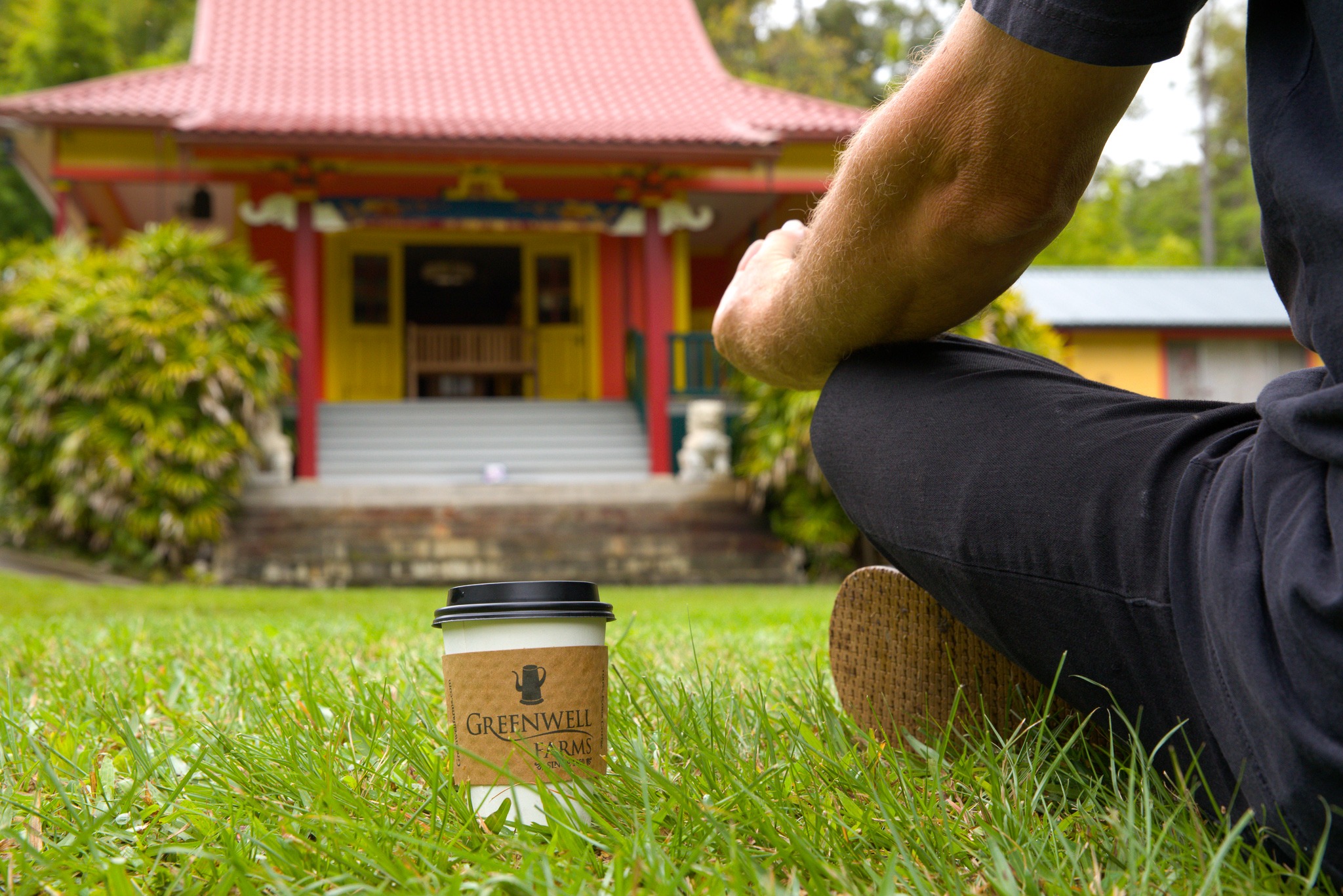10 Next Level Coffee Facts To Wow Your Barista
Amongst coffee facts, there many things that are common knowledge, and other things that are not so well known. Today let’s look at some of the lesser-known. As the holiday season is fast-approaching, it means the time for gatherings of family and friends is here. (Possibly. In 2020 who knows?) If your family is anything like mine, although we all have love and general respect for each other, vigorous debate, sharing of information and stimulating banter are all part of the holiday tradition. Today, my goal is to help you raise your holiday repartee with some next-level coffee facts that will not only wow your brother-in-law, but that might surprise your local barista as well.
These days, specialty coffee during the holidays is a must. No more waking up to Folgers. Treat your guests to amazing coffee in the morning and at dessert, and they will regard you in the highest esteem. While sipping this beautiful coffee, if the conversation turns toward the magical brew, casually slip in some of these next-level coffee facts to lift your conversations to the next level.
Just the Coffee Facts Ma’am
1. Most people know that coffee is technically a kind of tea…right? Some kind of flavor dissolved in hot water…tea.
Few people know that technically “Tea” refers to only beverages that contain leaves from the tea plant (Camellia Sinensis). Black, Green, Oolong, White, and Pu’erh tea all come from the same plant. What about herbal tea or rooibos tea? These types of “teas” would fall into a category called a “Tisane”. (Pronounced Tea-Zan) According to Merriam Webster, “a tisane is an infusion (as of dried herbs or spices) used as a beverage for medicinal effects.” In modern times, however, tisanes are almost always defined as non-caffeinated.
While tisanes can be almost any flavor infused into water, coffee doesn’t fall into the non-caffeinated category and usually isn’t considered a tisane. Many have argued that coffee is a Coffee Seed Tisane that is drunk for its medicinal value, but if that is ever said to you, it’s a great chance to roll your eyes and say “Whatever. Try ordering that at a cafe.”
2. Most people know that Light or Medium Roast coffee has more caffeine than Dark or French Roast.
Few people know that while this is true, the actual difference is very small. Amongst coffee facts, this one has a lot of complexities based on brew method, type of coffee, the ratio of grounds, etc. The actual difference in the amount of caffeine between 8 ounces of Medium roast or French roast (and I am only speaking about Arabica coffee) is under 5%. Many people believe that caffeine burns off as the coffee cooks. In fact, caffeine is quite stable under heat. It is mass that burns off in a longer, hotter roast. That means light roast beans are denser than dark roasted beans. Loss of mass means loss of caffeine but it takes more French roasted beans than medium roasted to make the same cup of coffee.
As an experiment, we measured 10 grams of Medium Roast at 59 beans and 10 grams of French Roast at 73 beans. So yes, all things being equal, lighter roasts have a little more caffeine than darker roasts, but not so much.
3. Most people know that Hawaii is the only state in America to grow coffee.
Few people know that while that was once true, growers in both California (Frinj) and Georgia (Yonah) have dipped their toes into the world of coffee growing. While the actual amount of coffee grown is still very small, there is growing optimism about introducing this very valuable crop into new environments. An often-overlooked benefit of the legalization of Marijuana in some states is that controlled environment growers (think greenhouse on steroids controlled from your phone) have begun to share years of underground technical innovation and many experts predict that in the not so distant future we will be able to grow anything anywhere.
Also, keep in mind that even including Hawaii, the United States grows less than a tenth of a percent of the world’s coffee supply.
4. Most people know that coffee trees produce coffee. A Coffee fact so obvious as to be ridiculous.
Few people know that coffee trees produce a variety of products. The dried skin of the coffee cherry (known as Cascara) is used to make a delightful tea. Extremely high in anti-oxidants and often mixed with spices, the drinking of cascara goes back hundreds of years. More recently, naturally, gluten-free coffee flour has hit the market using what was once discarded coffee skins. High in fiber, rich in nutrients, a certain future coffee by-product star. “Kuti” is a tea made from the leaves of the coffee tree. Boiled for over 30 minutes, sometimes with a pinch of salt, you get a sweetish, nutritious tea that has been consumed in Africa for centuries. If you are around a lot of coffee, you can use coffee grounds and coffee wood in a variety of ways.
Hydration, Libations, and Conglomerations
5. Most people know that coffee is a diuretic, meaning it dehydrates you.
Few people know that while coffee is definitely a mild diuretic, coffee doesn’t cause fluid loss in excess of the volume ingested. Proper hydration is one of the most critical (and easy) things you can do for your health. So, while coffee will make you run to the restroom a little more frequently, you won’t lose more liquid than you gain by drinking a cup of coffee. This is not true for alcohol sadly, as it will remove more liquid from your body than you are ingesting.
On that same note but in a slightly different direction, if anyone tells you that coconut water hydrates better than water, point them in the direction of a 2012 class-action lawsuit against Vita-Coco who couldn’t prove in a court of law that Coconut Water had any more hydrating qualities than regular water and had to drop all references to that effect from their advertising.
6. Most people know that coffee came to Europe from the Arabian Peninsula. (Originating in Ethiopia but commercially grown in modern-day Yemen)
Few people know that coffee’s arrival in Europe is partially credited with spurring the Age of Enlightenment (1685-1815). In very simple terms while people did drink water in the middle ages, it was common to regularly consume wine or ale, often watered down, all day long. With the rise of caffeinated beverages, (coffee and tea) we see the slow sobering of Europe. Add to this the rise of coffee houses where ideas and knowledge were freely exchanged amongst many classes of society and you have the recipe for new thoughts and innovations.
The general European consciousness awoke from a long, semi-drunk hangover, to a wide-eyed, caffeine motivated quest to improve life by reasoning, questioning, and working together. A coffee fact that changed the world!
7. Most people know that Starbucks is the world’s largest coffee chain.
Few people know that while Starbucks has around 30,600 shops, (Dunkin’ Donuts at #2 hovers around 10,000) Nestle, Kraft Heinz, Proctor & Gamble, Mondelez International, buy about 50% of all coffee grown in the world every year. (Compare that to Starbucks 3%) Known as the Big 4 Coffee Roasters, they own some of the most famous coffee brands on the planet. Their business operations can directly influence global coffee prices. If you’d like to further impress your in-laws, ask them who sells the most cups of coffee in America. They might guess Starbucks or Dunkin’ Donuts (which are #2, #3) but #1 is McDonald’s. Seven-Eleven comes in at #4.
Bean, Berry, or Cherry?
8. Most people know that coffee is a bean. Coffee Beans.
Few people know that the term coffee bean is interchangeable with coffee seed. All beans are seeds, but not all seeds are beans. Coffee is the seed of the coffee fruit, commonly called the coffee cherry, not an actual bean at all. Nor a cherry. Often referred to as a berry, botanically, coffee is classified as an indehiscent drupe, a kind of stone fruit, that does not split open to release its seed.
Coffee, by the way, is a member of the family Rubiaceae (roo – be – ay – shi -eye) which includes over 13,500 species of flowering plants including Gardenia, Quinquina, and Noni fruit. As next level coffee facts go, this is a good one to play with. Ask your friends if coffee is a bean, a berry, or a cherry, and let the games begin.
9. Most people know that there are two main types of coffee trees, Arabica and Robusta.
Few people know that while the Coffea family has over 120 species, only three are used to make coffee; Liberica, Arabica, and Robusta. Arabica being the most common for specialty coffee. From those three species, there are many varietals and cultivars that have evolved or have been created. (While the actual number is not known it is most likely a hundred +.) In the wild coffee can self-pollinate and occasionally self-hybridize. As recently as 2009, researchers identified seven new species in Madagascar and Cameroon. Varieties are naturally occurring and cultivars hybridized by humans.
10. Most people know that coffee, tea, and cacao have caffeine.
Few people know that in 2014, the coffee genome was mapped and published with more than 25,000 genes identified. It revealed that coffee uses different genes to make caffeine than Tea or Cacao. There are over 1,500 soluble compounds in coffee beans. If you’d like to know what they are Click Here.
Wishing you all an amazing holiday season surrounded by love and joy. I hope you are now armed with the necessary coffee facts to take your coffee talk to the next level.
Be well!

Matt Carter is a retired teacher (1989-2018), part-time musician, farmer, and currently manages Greenwell Farm’s Tour and Retail Store Operations.






